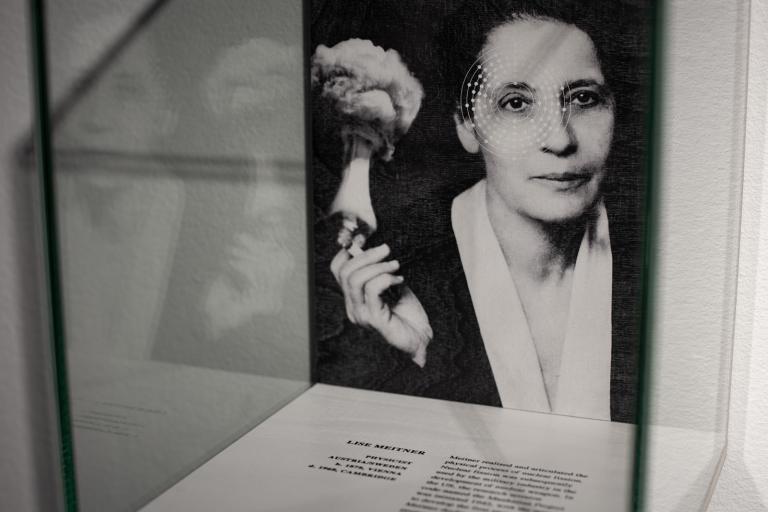The Science Question in Feminism (2018) places focus on women in the history of science. The scientists in the montages have existed, and each vitrine / glass cubes that they are installed in contains information about their work and legacy. An interaction is set up between past achievements by women who did not get the recognition that they deserved, and a present scientific environment that is still marked by structural discrimination.
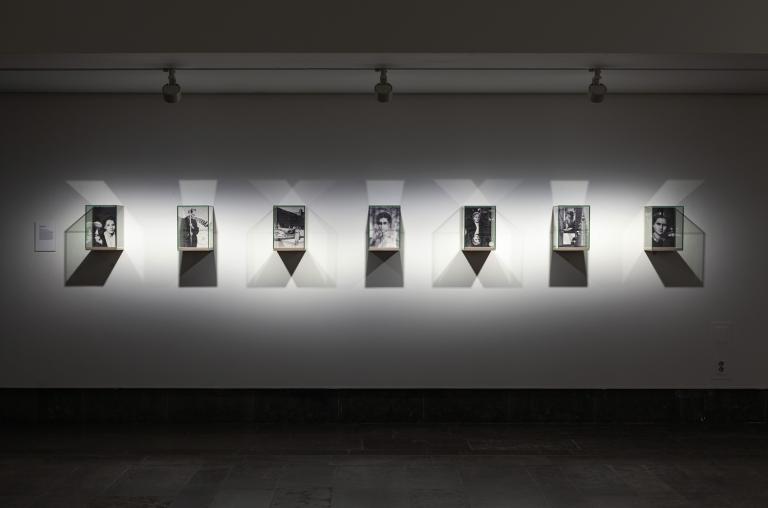
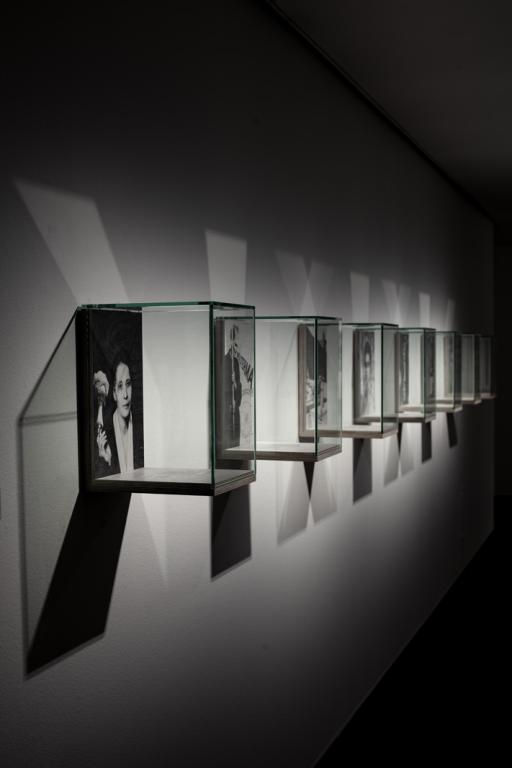
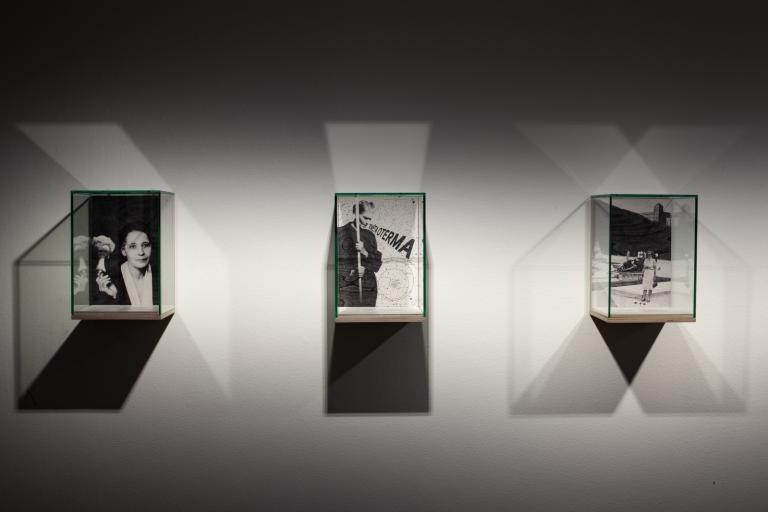
Individual images + text below
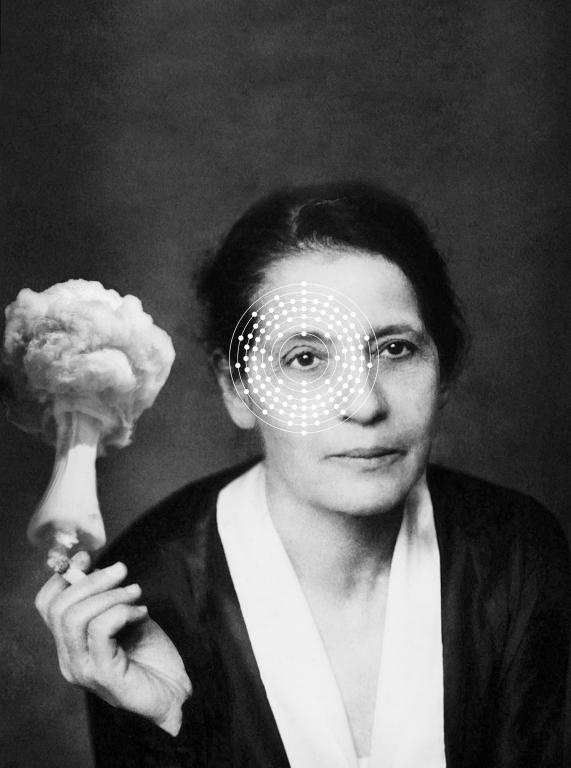
Meitner realised and articulated the physical process of nuclear fission. Nuclear fission was subsequently used by the military industry in the development of nuclear weapon. In the US, the research mission code-named the Manhattan Project was initiated 1942, with the mission to develop the first atomic bomb. Meitner declined involvement in the project stating “I will have nothing to do with a bomb.”
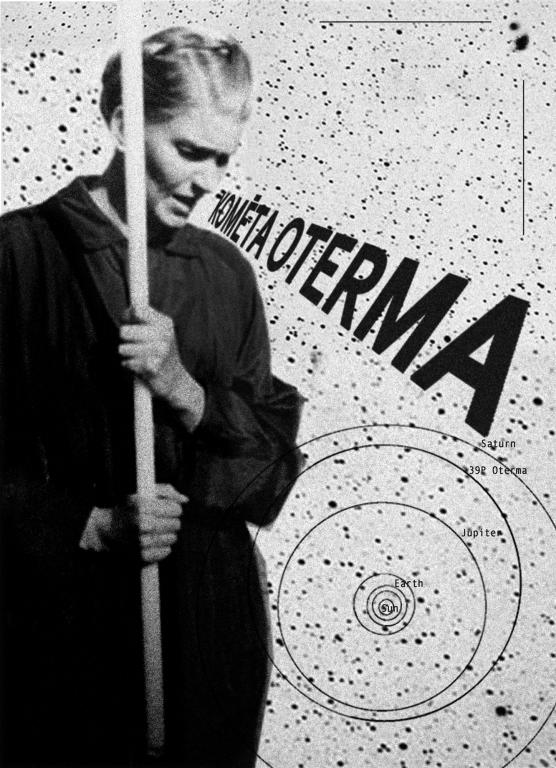
Liisi Oterma was the first woman in Finland to obtain a PhD degree in astronomy. She discovered a total of over 200 small planets and three comets. One of her major discoveries was the comet Oterma, which was captured as a barely noticeable object on a photo plate in 1943. In 1971, she became director of the Tuorla Observatory, the largest astronomical research institute in Finland at the University of Turku.
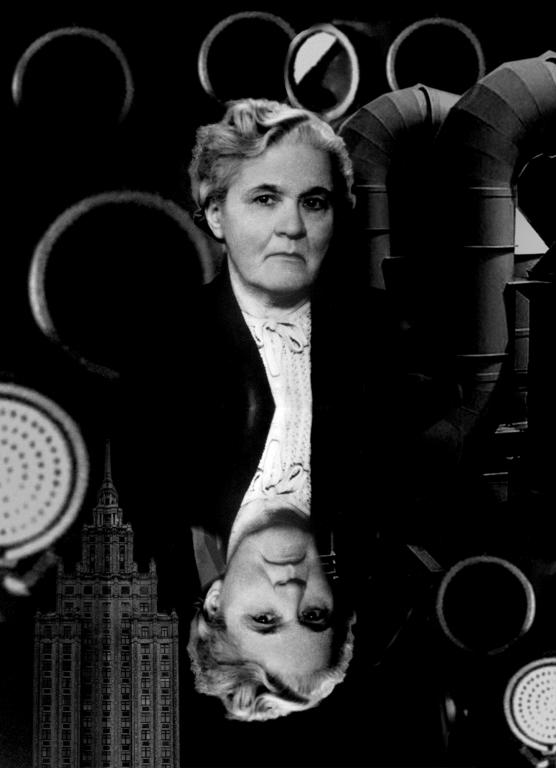
Lidija Liepiņa was part of the research team that developed the first Russian gasmasks during World War I. She attended the Moscow Higher Women’s Courses at a time when women were prohibited from entering universities. She became the first Latvian woman to receive a PhD and the first women to become a professor in the USSR. Her research concerned the corrosion of metal and colloidal chemistry.
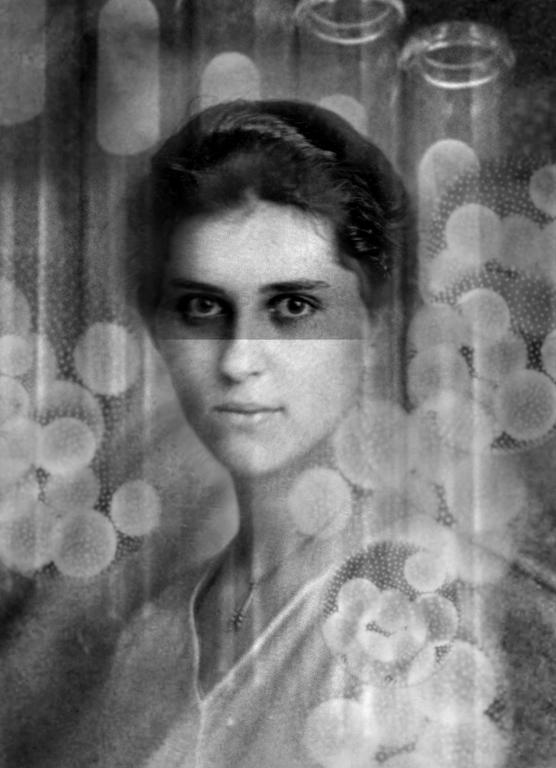
Magda Staudinger made significant contributions in the development of macromolecular biology. Her particular focus was on the cell membranes of marine algae. She conducted in vitro studies and published scientific papers frequently from the 1930s to the 1950s. As the president of the International Federation of University Women in the 1960s, she worked for more recognition of female scientists.
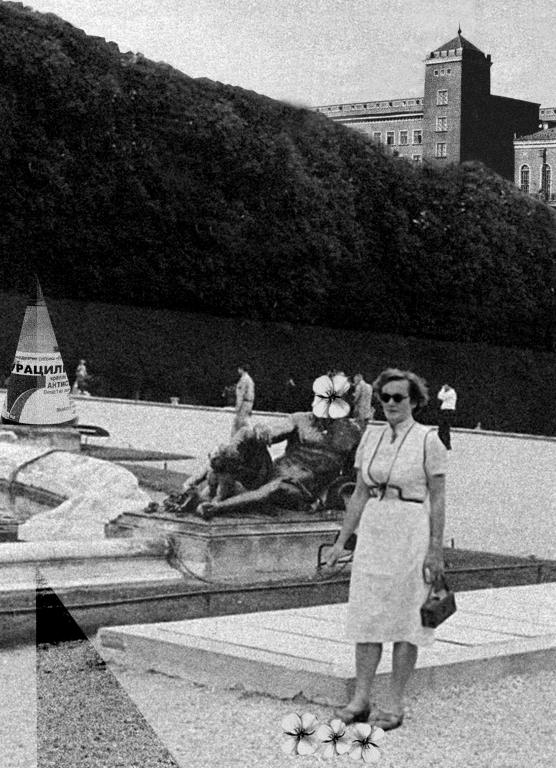
Emilija Gudriniece recognised the potential of vegetable oils as biofuels and initiated the study of rapeseed oil refining in Latvia. In the 1950s, she was associate professor and dean at the State University of Latvia in the Chemistry Faculty, followed by the position as science pro-rector at the Chemical Technology Department of the Riga Polytechnical Institute. 1992-1999 she was president of the Latvian Association of University Women.
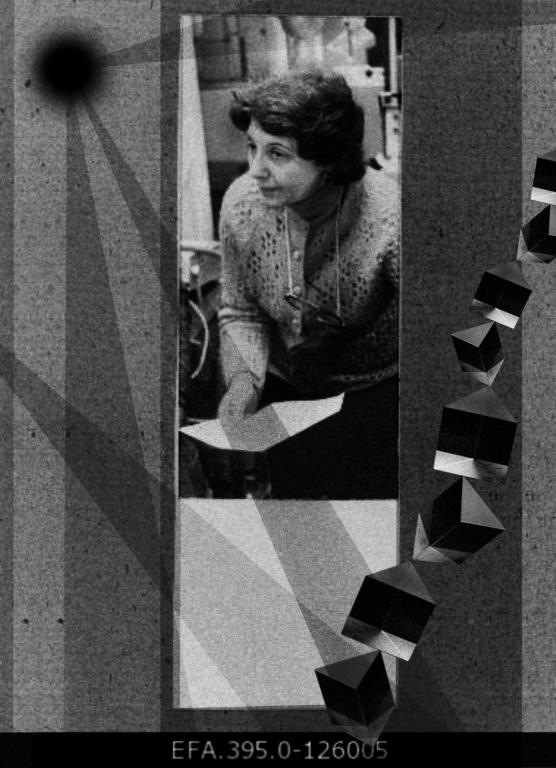
Ljubov Rebane attained her PhD in Physics and Mathematics from Leningrad University in 1961. She specialised in laser spectroscopy and studied the absorption of supersonic waves in polymer solutions. Rebane and her associates discovered the persistent spectral hole-burning in 1974, which opened up novel perspectives for high-spectral-resolution spectroscopy.
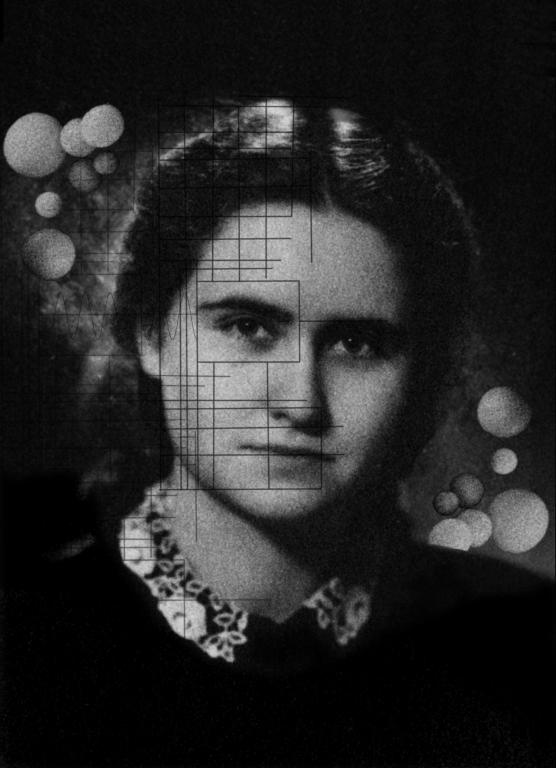
Vyda Ragulskienė was the first woman to become Dr.habil. of Technical Sciences in Lithuania. Ragulskienė’s research exposed and illuminated new phenomena of non-linear vi bro-impact systems She was the co-author of six research monographs, two hundred research papers and 97 patents.
